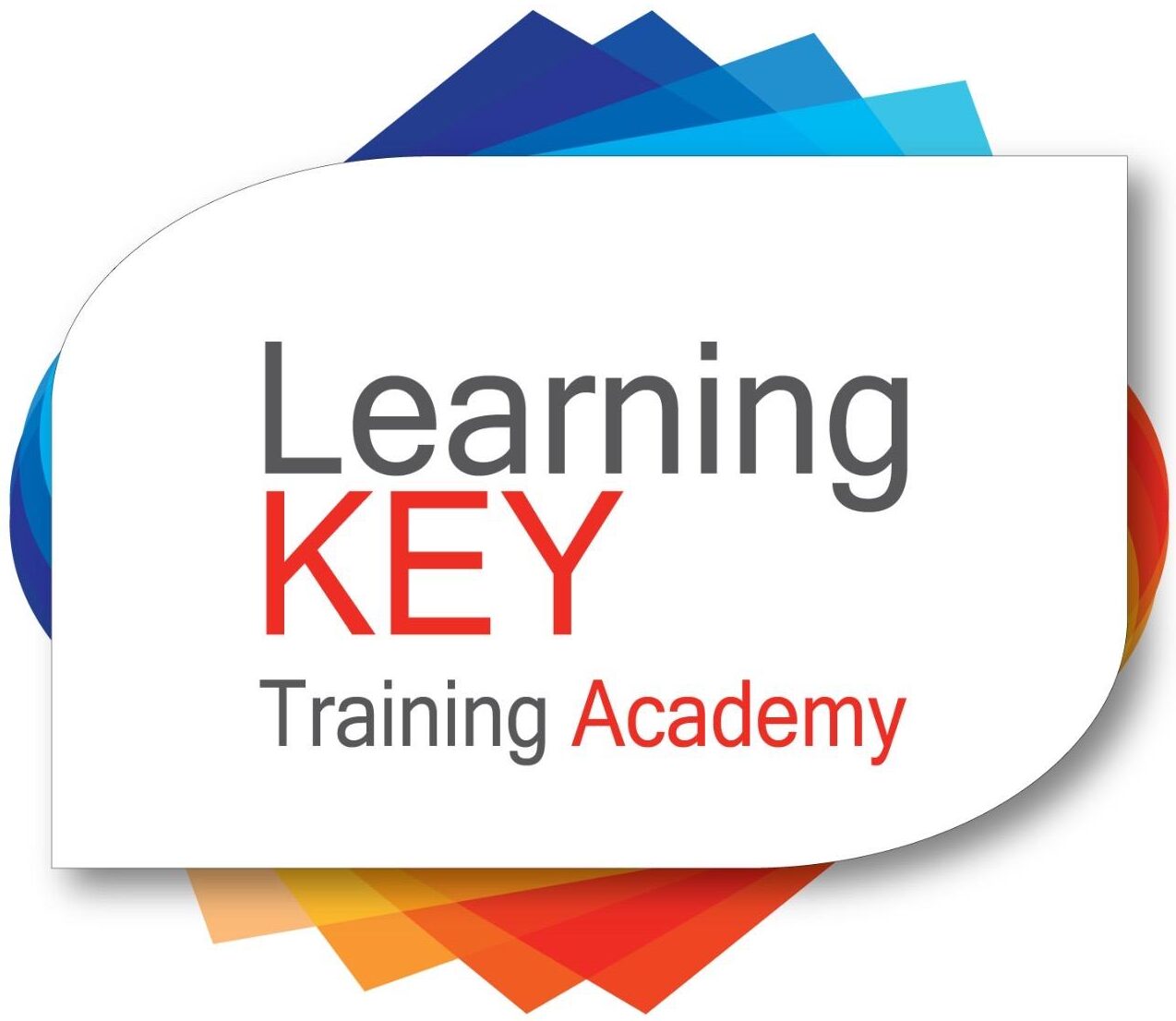1. Understanding the Purpose of a CV
A CV is a comprehensive document that summarizes your education, work experience, skills, achievements, and other relevant information. Its primary purpose is to showcase your qualifications and suitability for a specific job or academic opportunity.
- Content Overview: Highlight your professional journey, skills, and accomplishments.
- Target Audience: Tailor your CV to appeal to employers or academic institutions.
- Professional Representation: Present yourself in a clear and professional manner.
2. Formatting and Layout
The layout of your CV should be clean, organized, and easy to navigate. Use headings, bullet points, and appropriate spacing to enhance readability.
- Sections: Include sections such as Contact Information, Professional Summary, Work Experience, Education, Skills, and additional relevant sections.
- Consistency: Maintain consistent formatting throughout the document.
- Length: Aim for a concise document, typically 1-2 pages for most industries.
3. Personal Information and Contact Details
Provide essential personal information at the top of your CV, including your full name, contact number, email address, and LinkedIn profile (if applicable).
- Name: Use a bold font for your name to make it stand out.
- Contact Details: Ensure accuracy and include a professional email address.
- LinkedIn Profile: Link to your LinkedIn profile for additional professional visibility.
4. Professional Summary or Objective Statement
A professional summary or objective statement is a brief paragraph highlighting your key qualifications, career goals, and what you can bring to the role.
- Tailoring: Customize this section for each job application.
- Key Skills: Include a few key skills relevant to the position.
- Career Goals: Convey your career aspirations clearly.
5. Work Experience
List your work experience in reverse chronological order, starting with your most recent position. Include job titles, company names, locations, dates of employment, and key responsibilities.
- Achievements: Highlight specific achievements and contributions.
- Relevance: Focus on experience most relevant to the job you’re applying for.
- Quantify Results: Use numbers and metrics to demonstrate your impact.
6. Education
Detail your educational background, starting with your highest level of education. Include the name of the institution, degree earned or currently pursuing, graduation date (or expected date), and any academic honors or awards.
- Relevant Courses: Include coursework relevant to the job if applicable.
- Thesis/Dissertation: Mention if relevant to showcase research skills.
- GPA: Optionally include your GPA if it enhances your profile.
7. Skills
Highlight both technical and soft skills that are relevant to the job. Separate them into categories such as Technical Skills, Language Skills, and Soft Skills.
- Technical Skills: Include software, programming languages, tools, etc.
- Language Skills: Specify proficiency levels if applicable.
- Soft Skills: Communication, teamwork, leadership, etc.
8. Achievements, Awards, and Certifications
Include any relevant awards, certifications, or professional achievements that demonstrate your skills and dedication.
- Relevance: Focus on achievements that align with the job requirements.
- Impact: Describe the significance of each achievement.
- Certifications: List certifications related to your field.
9. Volunteer Work or Extracurricular Activities
Include volunteer work, internships, or extracurricular activities that showcase additional skills or demonstrate your interests and commitment.
- Roles and Responsibilities: Describe your contributions and responsibilities.
- Skills Gained: Highlight skills or experiences gained through these activities.
- Relevance: Emphasize activities relevant to the job or industry.
10. References
List references or state that they are available upon request. Include the names, job titles, contact information, and their relationship to you (e.g., former supervisor, academic advisor).
- Permission: Obtain permission from your references before listing them.
- Relevance: Select references who can speak to your skills and work ethic.
- Format: List references in a separate section at the end of your CV.
Final Tips:
- Proofread: Ensure there are no typos or grammatical errors.
- Customize: Tailor your CV for each job application.
- Update Regularly: Keep your CV updated with new experiences and skills.
By following these guidelines and structuring your CV effectively, you’ll enhance your chances of making a strong impression on potential employers or academic institutions.
